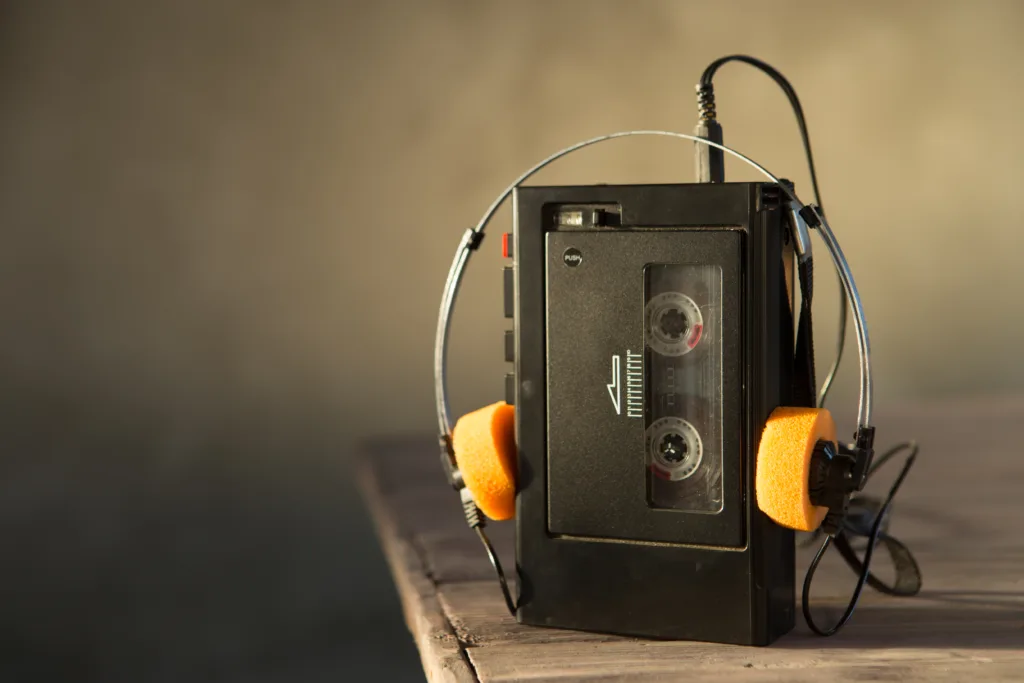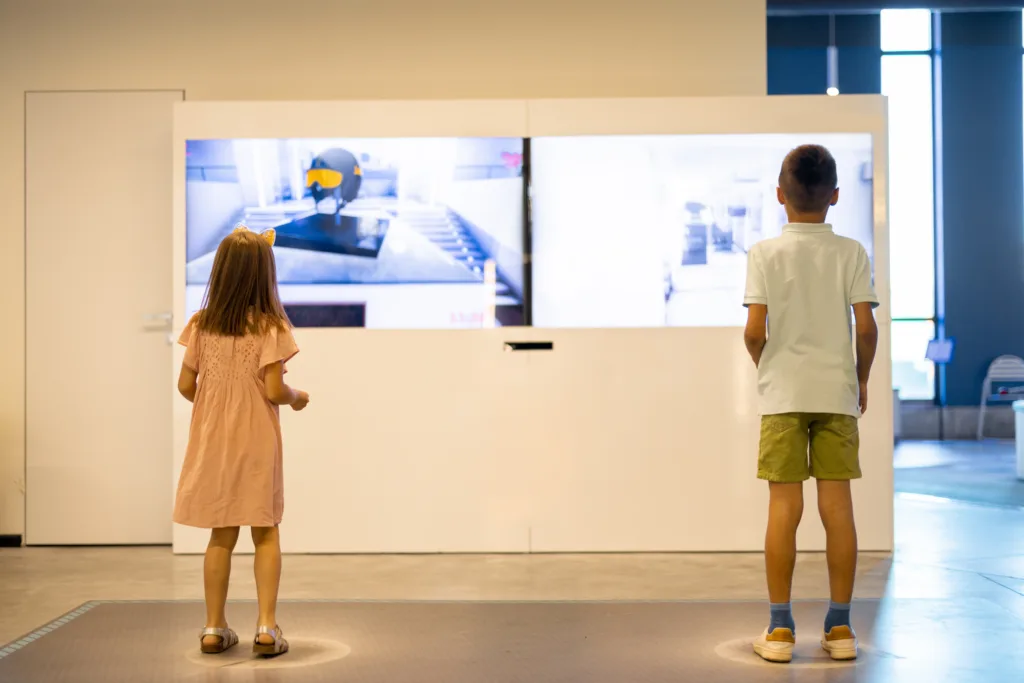The Evolution Of Audioguides: A Journey Through The History Of Cultural Accessibility
The fascinating evolution of audioguides in museums, from the innovative debut of radio at the Stedelijk Museum in Amsterdam in 1952 to the digital transformation in the 21st century, highlights how these technologies have improved cultural accessibility and transformed the museum experience.
08 February 2024
The Origin in 1952: The Stedelijk Museum in Amsterdam
The first example of the introduction of audio guides in a museum was in 1952. Willem Sandberg, director of the Stedelijk Museum in Amsterdam from 1945 to 1968, pioneered the first audio tour using radio transmission technology.
The system was launched for a temporary exhibition,“Vermeer: Real or Fake,” and provided visitors with foreign language tours. At that time, audioguides were produced by Philips. Lectures for the exhibition were pre-recorded and broadcast to visitors via a shortwave radio broadcast ing system using an analog playback recorder as the broadcasting station. With special devices on the ceilings of the galleries that sent information to the audio guide, visitors could listen to the audio through their headphones.
Tours in different languages had to be scheduled throughout the day, as technology did not allow them to be reproduced simultaneously.
In 1958 the National Gallery of Art in Washington created an audio system called LecTour, a recorded guide through the museum’s masterpieces, by placing transmitters under the floorboards and distributing radio receivers to visitors. As with the Stedelijk, the audio was broadcast at the same time and had fixed start times. The Metropolitan Museum of Art‘s audio tour, introduced in 1963, consisted of a cassette player that visitors carried with them on a leather strap.
Because the available technology consisted, at first, of radio broadcasts or tapes, the type of storytelling was linear.
In a linear model, interruptions or soundbites, i.e., information about specific objects or exhibits, are provided to the listener as they press play and move along a path. Stops are set at certain points in the soundtrack, the continuous line of speech provided by the tour. Stops focus the narrative on a particular piece, while between stops the visitor is instructed where to go to reach the next object.
1970s: Expansion of Technological Systems
The 1970s saw an increasing spread of magnetic tape and infrared magnetic tape. These advanced technologies allowed for greater interactivity, as visitors could receive detailed information in sync with their movements through the various exhibition spaces. In the late 1970s, a Sony Walkman-like system was created for the famous traveling exhibition “Treasures of Tutankhamun.”

1980s: The Revolution of Portable Audio Guides
The 1980s were marked by the introduction of the first portable audio guides. Visitors were no longer constrained by cables or specific listening points, thus enjoying greater freedom when visiting museums. This radical change in the visitor experience has made audioguides more accessible and popular.
In the bustling year 1980, a wave of technology transformed our world, and audioguides were no exception. This wave of innovation brought us the compact cassette, a milestone that greatly scaled back audioguides. In 1986, audioguides took another leap: the audioguide became pocket-sized, carrying a universe of information, no longer needing a distant transmission.
1990s: Multilingual Versatility and Technological Development
In the 1990s, the rise of international tourism prompted the development of multilingual audio guides, expanding access and enabling a wide audience to immerse themselves in cultural experiences.
Audioguides underwent a significant metamorphosis during the 1990s, abandoning the analog world and embracing the digital one. This evolution has given visitors not only the freedom to explore museums without time restrictions, but has also enabled the personalization of the experiences themselves. Visitors were no longer bound to predetermined routes or imposed languages, instead being able to freely choose their preferred route and language.
For decades, conventional audio guides have dominated in popular museums and tourist destinations, using radio frequency technology to deliver audio content continuously. However, with the advancement of technology, the old analog cassette-based audioguides have gradually lost ground due to their limited storage capacity and the risk of data loss. Nowadays, such analog devices have been replaced by more modern alternatives, such as app guides and dedicated digital devices, which offer visitors greater functionality and convenience.
2010s: Mobile Revolution with Apps
In the 2010s, with the spread of smartphones, access to information during cultural visits underwent a significant shift. Cultural institutions have introduced digital audio guides, allowing visitors to download audio guides directly to their mobile devices. This paradigm shift has made possible a more personalized and adaptive experience.
Digital audio guides are audio tours accessible through personal devices such as smartphones and tablets. Compared with traditional audioguides, which require dedicated devices, digital audioguides offer greater convenience and flexibility. Visitors can connect their devices to a Wi-Fi network and access the tour through a dedicated app. They are steadily growing in popularity due to their convenience, comfort, and portability.
Over the years, audioguides have continued to evolve through new forms of creativity and collaborations. In 2012, the Louvre Museum collaborated with Nintendo to create anexclusive audio guide for Nintendo 3DS systems. This fusion of art, history and cutting-edge technology made a visit to the museum an engaging and memorable experience.

From when they were first introduced in 1952 to the present, audioguides have demonstrated how the evolution of digital technologies has helped provide increasingly rich and personalized experiences for museum visitors around the world. Continued commitment to innovation promises an exciting future for cultural accessibility through audioguides.
For our part, with the product Showtime! Apps, we contribute in the advancement of this form of accompanying the visitor, before, during and after access to museum sites, with the careful graphic care that distinguishes us and constantly having in mind the simplicity of use.
